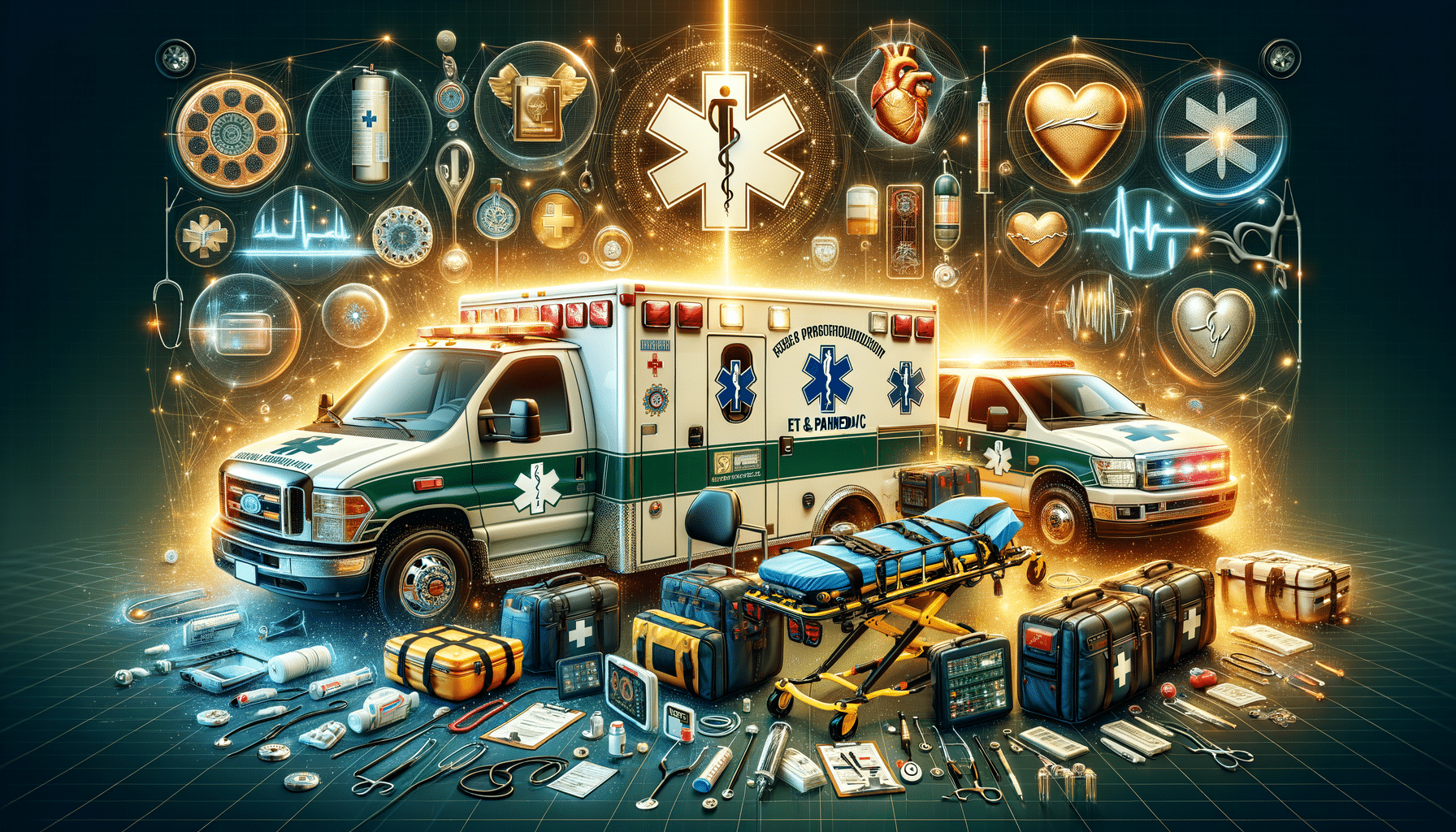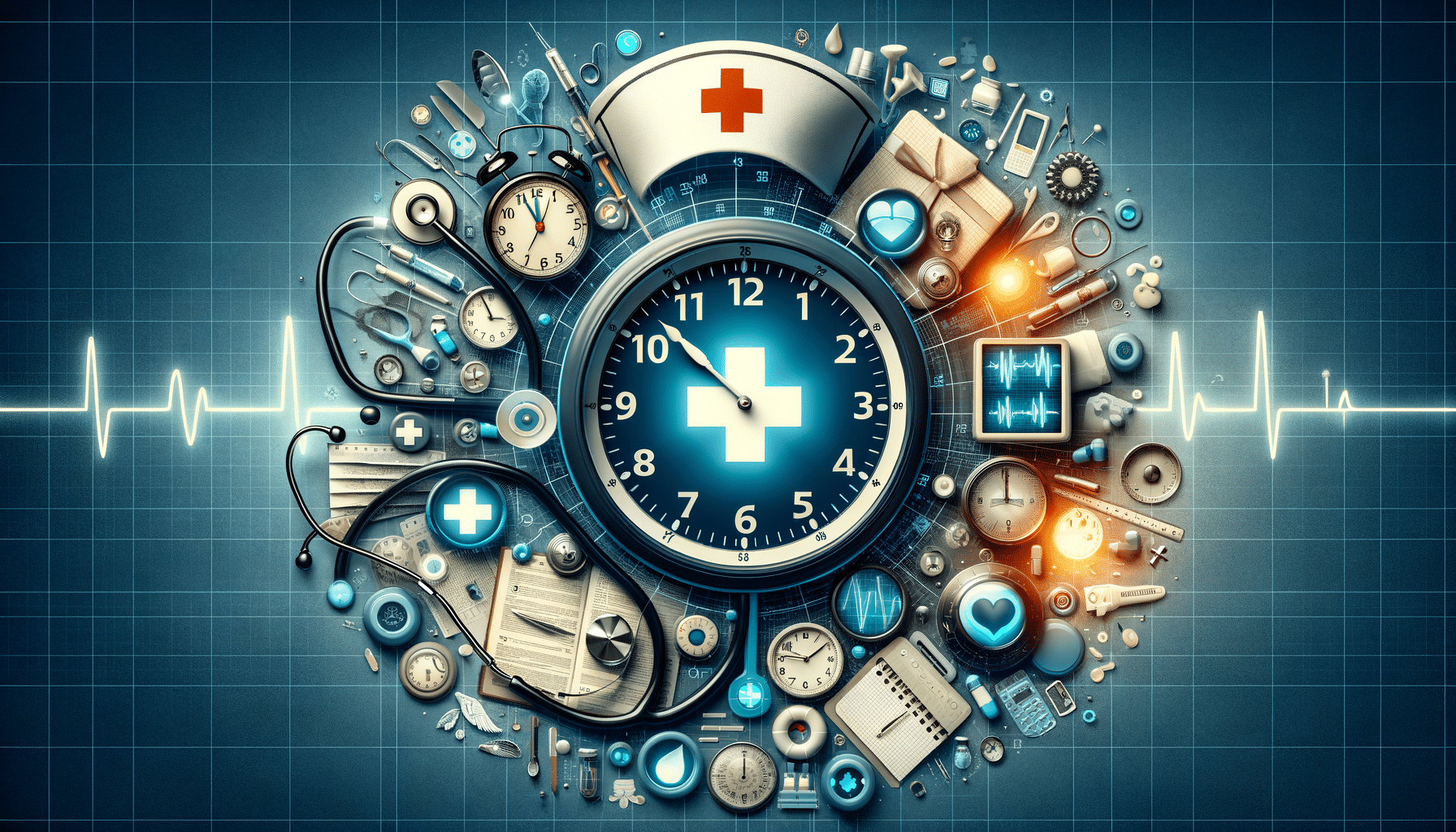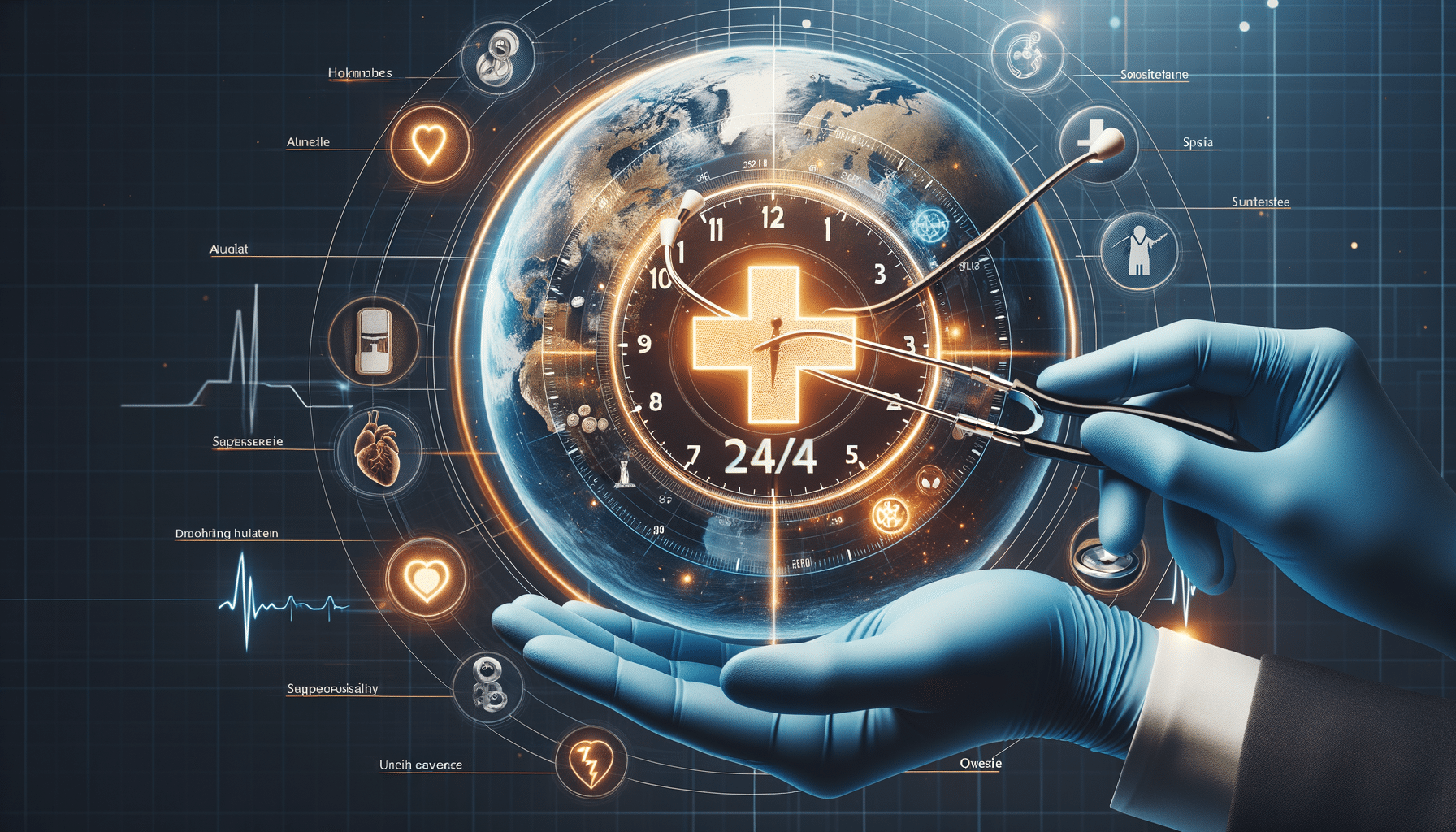
Elevate Your Team with Expert EMT & Paramedic Professionals
Introduction to EMT & Paramedic Roles
Emergency Medical Technicians (EMTs) and Paramedics are vital components of the healthcare system, serving as the first line of defense in emergency situations. Their ability to provide immediate care can mean the difference between life and death. Understanding the roles and responsibilities of EMTs and Paramedics is crucial for appreciating their impact on community health and safety. This article delves into the intricacies of these professions, highlighting their importance in emergency medical services.
Training and Qualifications
EMTs and Paramedics undergo rigorous training to prepare for the challenges of emergency medical care. The training process for EMTs typically involves completing a state-approved educational program, which includes both classroom instruction and hands-on experience. Paramedics, on the other hand, receive more advanced training, often requiring an associate degree in addition to their EMT certification.
The curriculum for these programs covers a wide range of topics, including anatomy, physiology, medical terminology, and emergency procedures. Practical skills such as CPR, trauma management, and patient assessment are emphasized to ensure readiness for real-world scenarios. Continuous education and recertification are also essential to maintain their skills and knowledge up-to-date.
Day-to-Day Responsibilities
The daily duties of EMTs and Paramedics are diverse and dynamic, requiring quick thinking and adaptability. EMTs are responsible for providing basic life support, such as administering oxygen, performing CPR, and controlling bleeding. They are often the first responders on the scene, stabilizing patients until they can be transported to a medical facility.
Paramedics, with their advanced training, can perform more complex procedures, including administering medications, interpreting EKGs, and performing intubations. Their role is critical in managing severe medical emergencies and ensuring that patients receive the highest level of care possible during transport.
Impact on Community Safety
EMTs and Paramedics play a pivotal role in enhancing community safety by providing rapid response to emergencies. Their presence ensures that individuals receive immediate medical attention, reducing the risk of complications and improving survival rates. In many cases, their intervention is crucial in preventing further injury or deterioration of a patient’s condition.
Moreover, EMTs and Paramedics often engage in community education programs, teaching first aid and emergency response skills to the public. This outreach helps to build a more informed and prepared community, capable of responding effectively in crisis situations.
Career Opportunities and Growth
The demand for EMTs and Paramedics is projected to grow significantly, driven by an aging population and an increase in emergency medical incidents. This growth presents numerous career opportunities for individuals interested in entering the field. Many EMTs and Paramedics choose to advance their careers by pursuing additional certifications or specializing in areas such as critical care or flight medicine.
Furthermore, the experience gained as an EMT or Paramedic can serve as a stepping stone to other healthcare professions, such as nursing or physician assistant roles. The skills and knowledge acquired in these positions are highly transferable and valued across the healthcare industry.
Conclusion: Elevating Your Team with EMT & Paramedic Expertise
Incorporating EMTs and Paramedics into your team can significantly enhance your organization’s ability to respond to emergencies and ensure the well-being of your community. Their expertise and dedication to providing exceptional care make them invaluable assets in any emergency response team. By understanding and appreciating the critical role they play, organizations can better support these professionals and leverage their skills to improve overall community health and safety.


